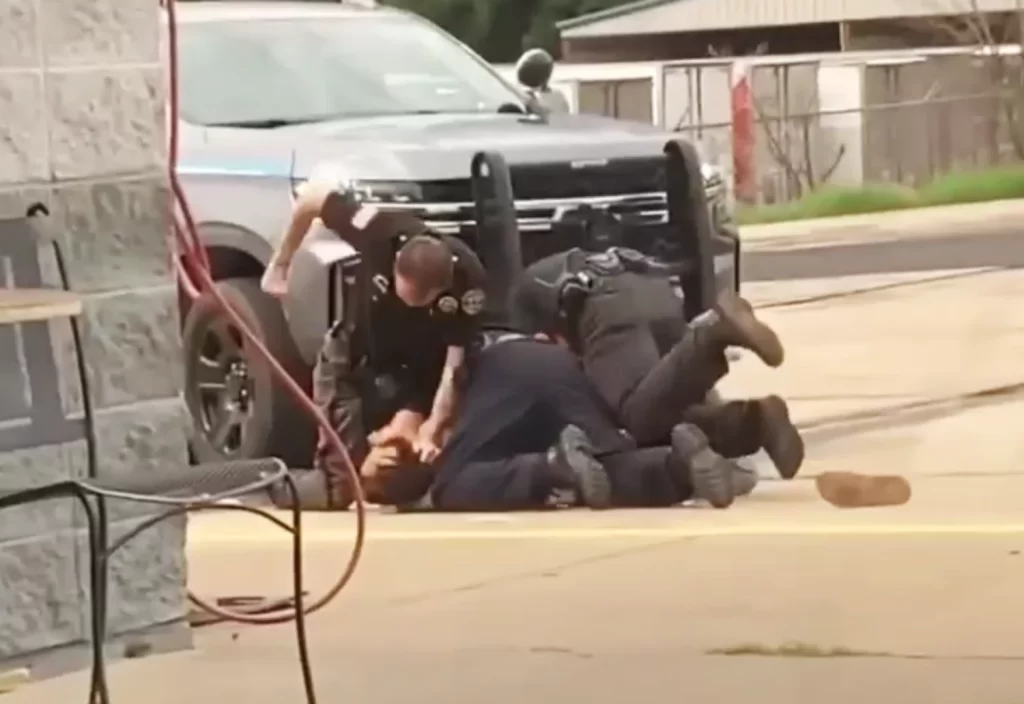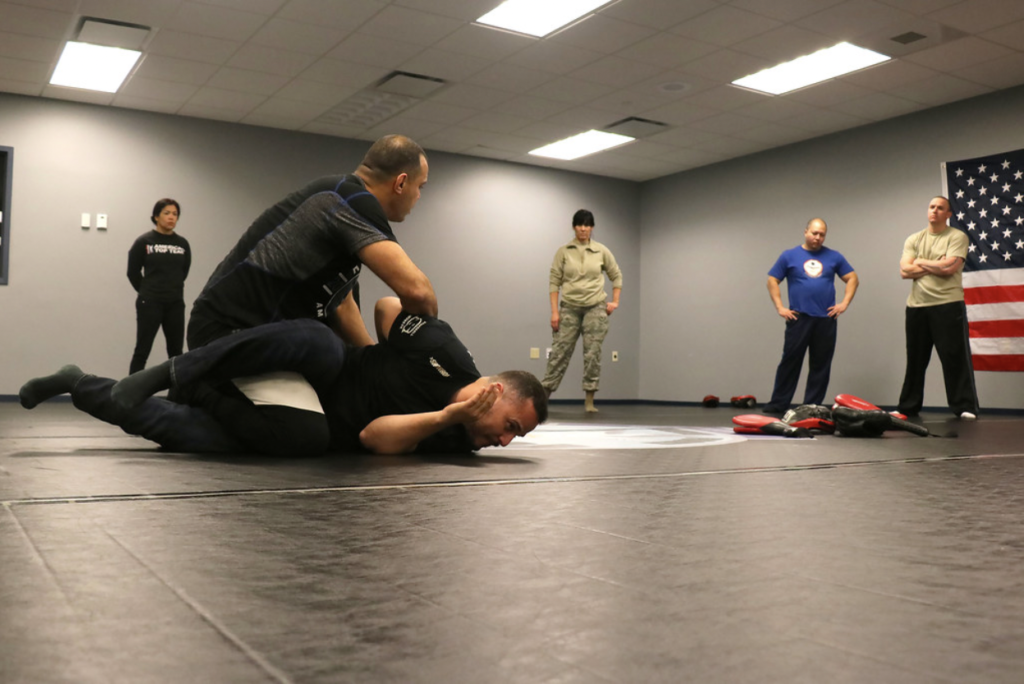August 21, 2022, Crawford County Arkansas: 27 year old Randal Worcester is pinned to the ground by three deputy sheriffs, facing a barrage of punches and knees while immobilized. Each movement he makes due to the inevitable panic of the situation is met with fists, and tasers as he “resists arrest” (Tabachnik 2023).

All over the country, incidents of excessive use of force involving fists, chokeholds, guns, and other weapons demonstrate the consequences of officers losing authority over the situations they are expected to control. The training that police officers receive for physical altercations is limited. One study surveying 600 police officers found that 80% of officers felt that they did not have enough time to train for hand-to-hand combat, and 60% reported that the training did not prepare them for being attacked (Kaminski 2000). This shows that officers were not getting sufficient hand-to-hand combatives training, which is important because combat training almost guarantees that police officers are less reckless with their use of firearms (Koh 2023).
Minimizing police use of force is vital to the law enforcement system, as instances of police violence are the leading cause of anti-police sentiment and distrust in communities (Prenzler 2013). Black people are also more likely than other groups to be victims of excessive police use of force due to implicit biases. As a result, trust in police in some predominantly black communities is particularly lacking (Parks 2022).
Some officers believe that supplementing police training with Brazilian Jiu-Jitsu would be an effective tool in reducing both the severity and amount of police violence. These officers claim that Jiu-Jitsu gives them greater composure in stressful situations and therefore a greater capacity to avoid unnecessary conflicts (Parks 2022).
Causes of Police Violence
Police are trained to swiftly take control over any situations perceived as threatening (Weichselbaum 2020). On paper, the level of force that officers are supposed to use is as little as necessary, however this is not reliably the case (Prenzler 2013). As police departments become increasingly militaristic, use of force is promoted in the culture as a main problem solving tool for officers. This militaristic mentality and culture lead to police encounters becoming unnecessarily violent (Lieblich 2017).
Many violent police encounters are caused by psychological factors like officers losing composure and confidence in their ability to control a suspect. So the more comfortable officers feel with handling themselves against an aggressor, the less likely they are to panic and cause unnecessary harm (Parks 2022).
The Role of Jiu-Jitsu in Police Curricula
The reason departments choose Brazilian Jiu-Jitsu specifically is because it is a martial art that involves using solely grappling techniques as opposed to damaging striking techniques, in order to minimize risk to the user and the person they are detaining (Parks 2022).
Many officers want Jiu-Jitsu to become a mandatory part of police training because the skills Jiu-Jitsu gives them makes them more capable of controlling suspects while minimizing harm done to them and the suspect. Jiu-Jistu also makes them comfortable in stressful situations and therefore less likely to escalate the level of violence (Lartey 2021).

Is Jiu-Jitsu Helping Police be Less Violent
Opponents of adding BJJ training to police curricula worry that it will increase the number of violent encounters, believing that officers will be eager to use their combat skills on the street (Koh 2023). However, the utility of Jiu-jitsu when paired with de-escalation is that it reduces the likelihood of a police interaction becoming physical (Parks 2022).
Training officers in verbal de-escalation alone has been effective in reducing the number of instances of police violence (Prenzler 2013). However, many officers see this de-escalation training as incomplete without a supplement like jiu-jitsu for developing composure and level-headedness in the face of a violent threat (Parks 2022).
One department where mandated Jiu-Jitsu was put into practice through a biweekly 6-month course was in Marietta, Georgia. In Marietta, every officer who completed the six month training requirement continued to train after it was over, citing the benefits to composure and self-defense skills as the reasons they stayed. So Brazilian Jiu-Jitsu does work from the police perspective (Koh 2023).
There is some proven utility in reducing use of force through implementing jiu-jitsu training (Parks 2022). However, mandatory Jiu-Jitsu training is a less tested method for reducing police violence than body cameras, implicit bias training, and conflict resolution (McLean 2022). Mandatory Jiu-Jitsu training has its place for departments, but promoting it at the expense of more established methods is not supported by social scientific evidence (Parks 2022).
References